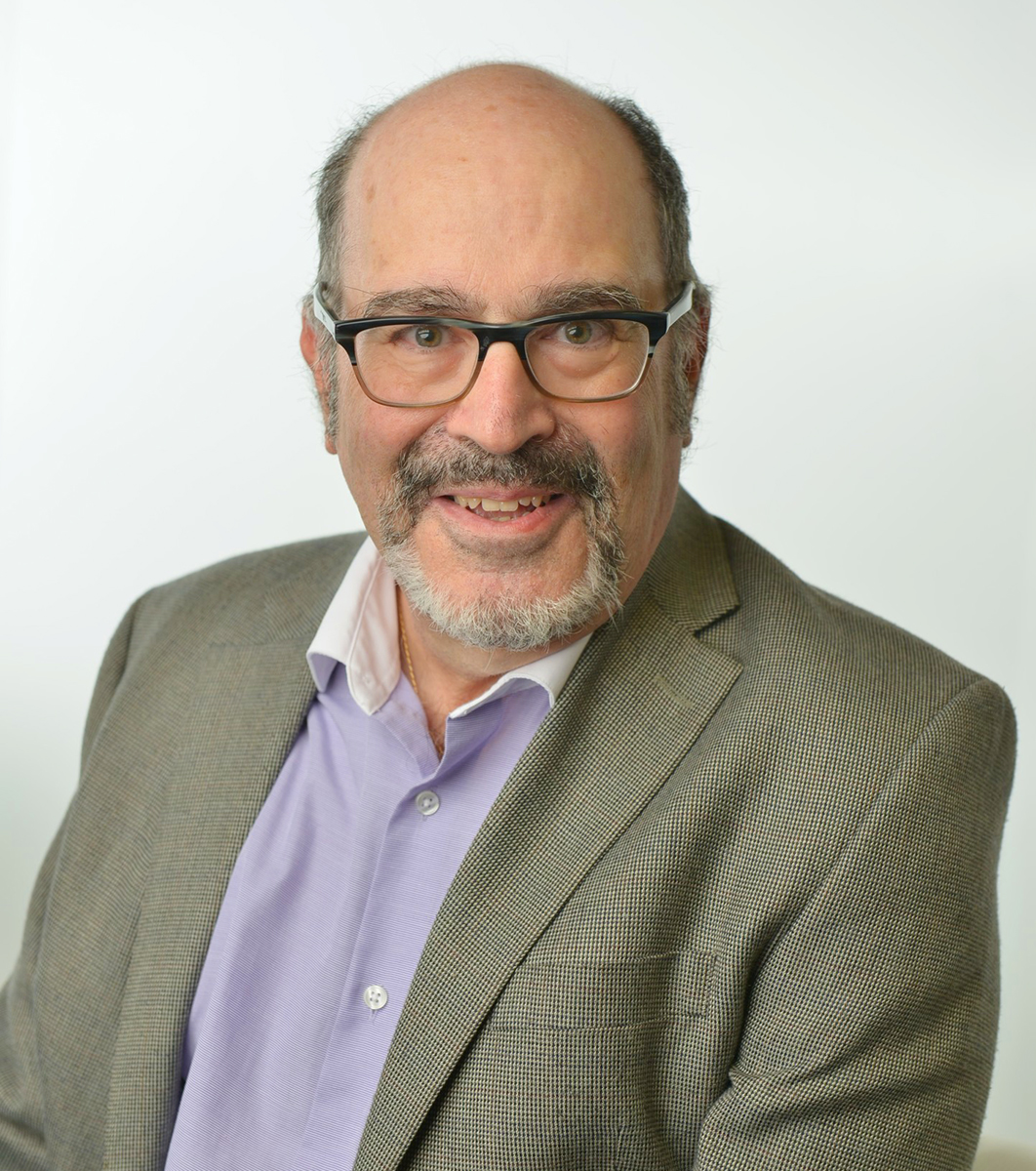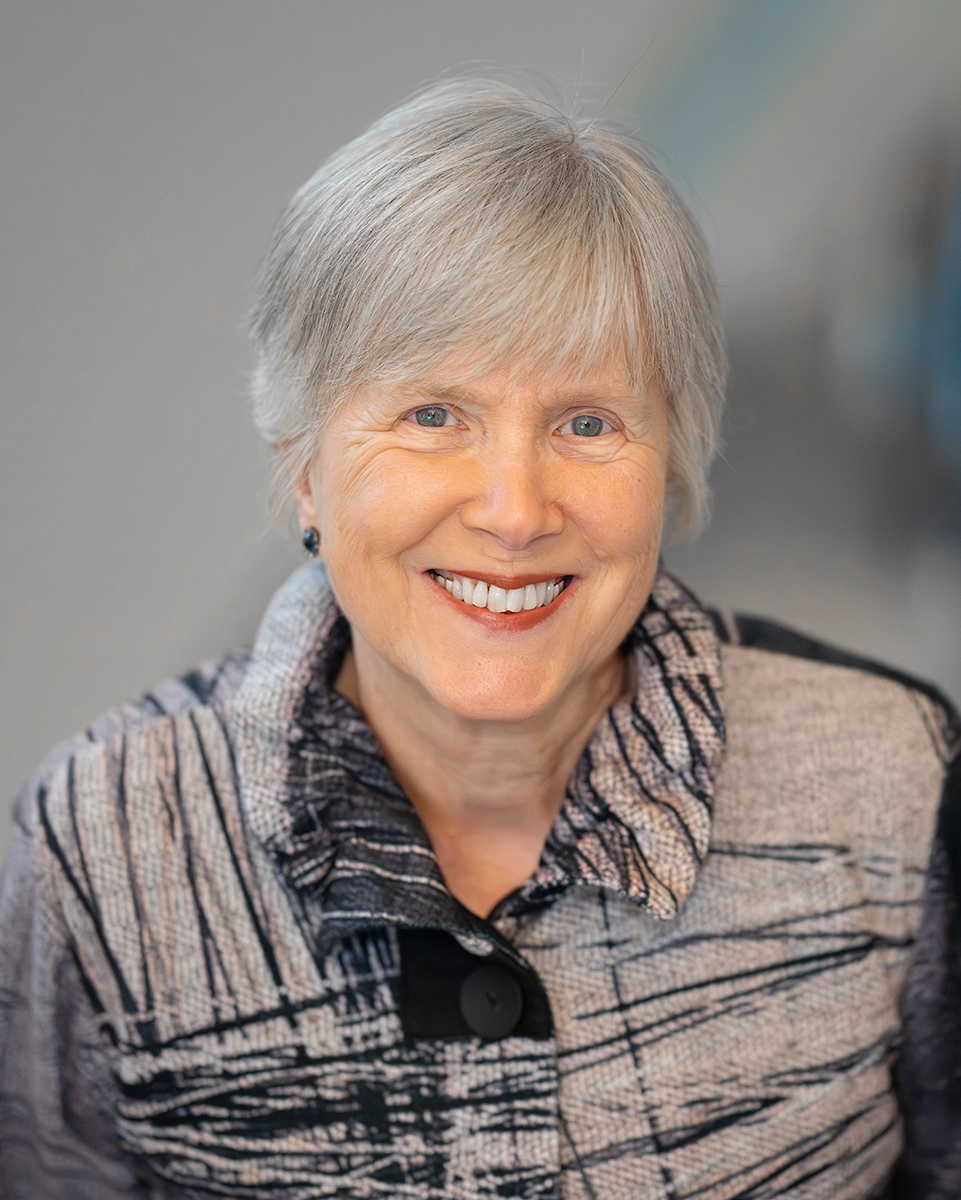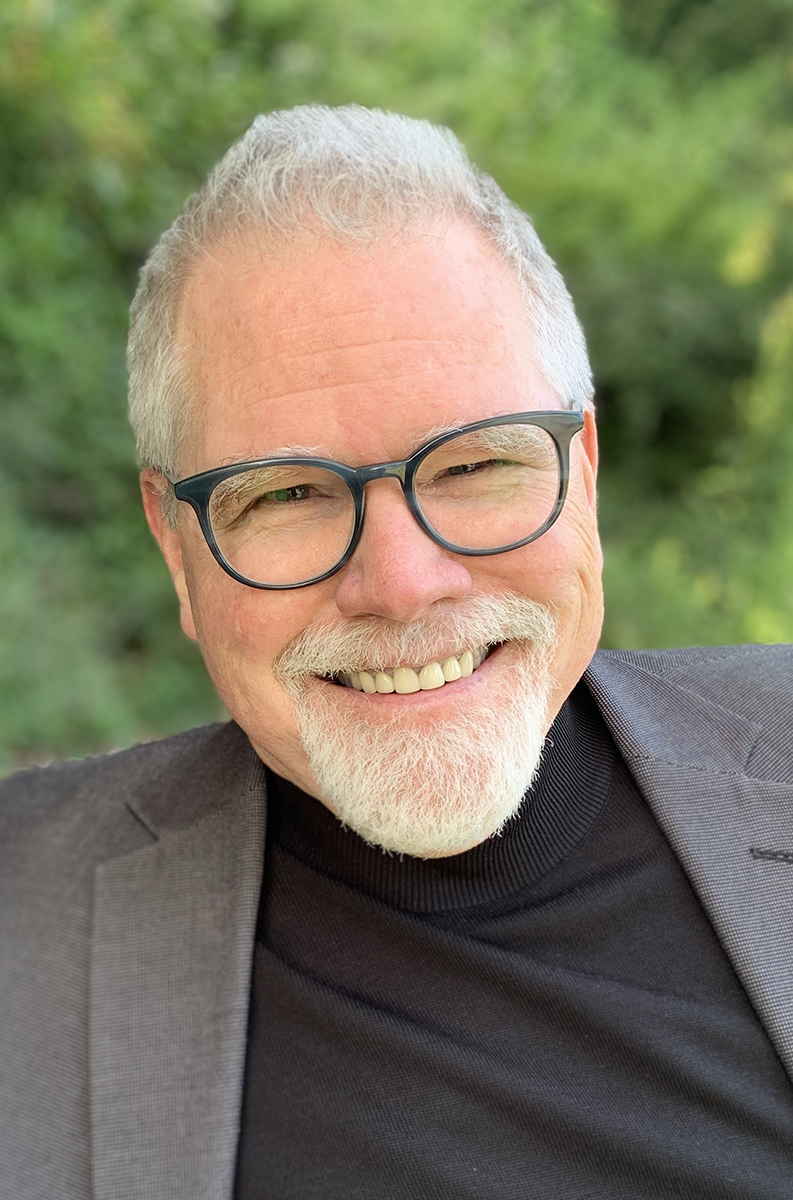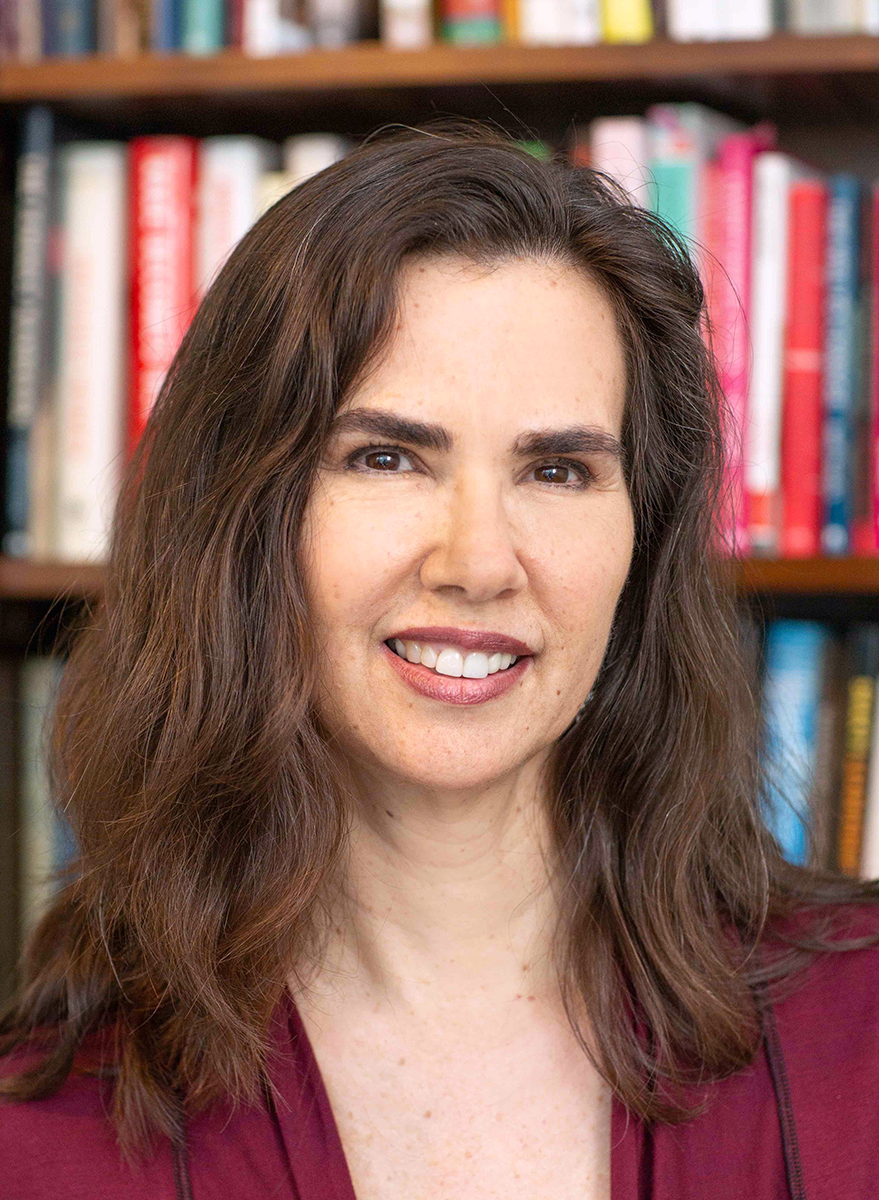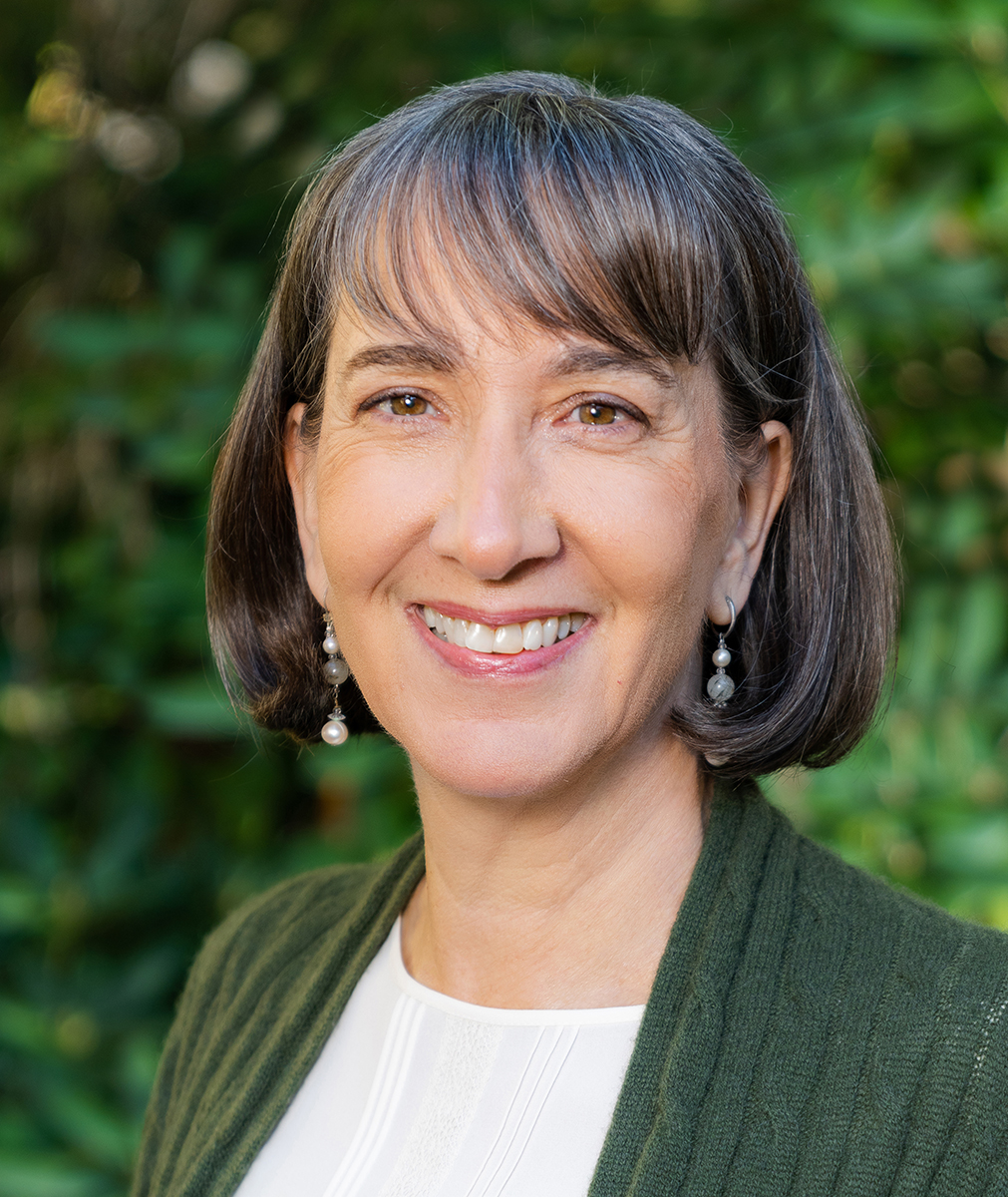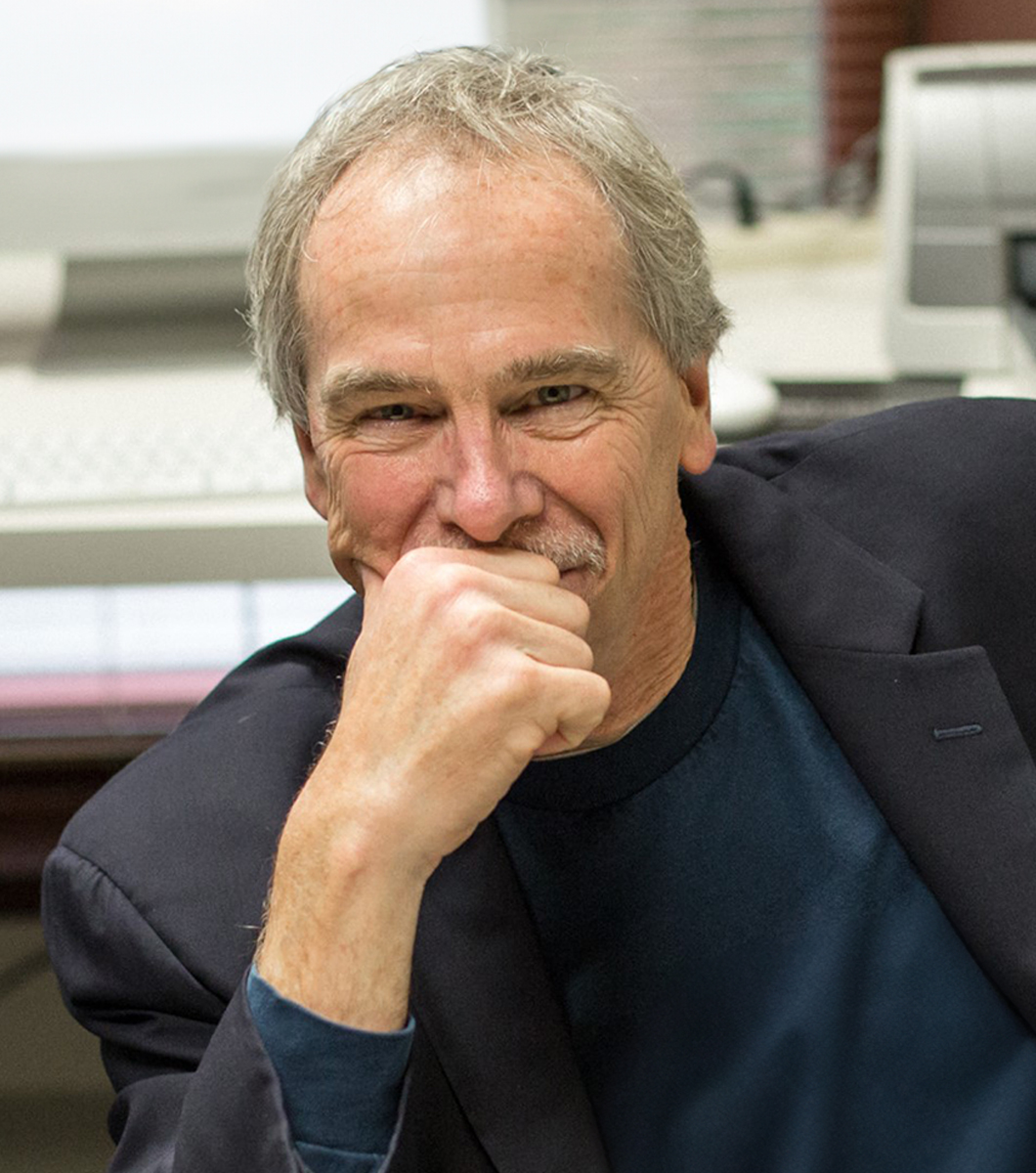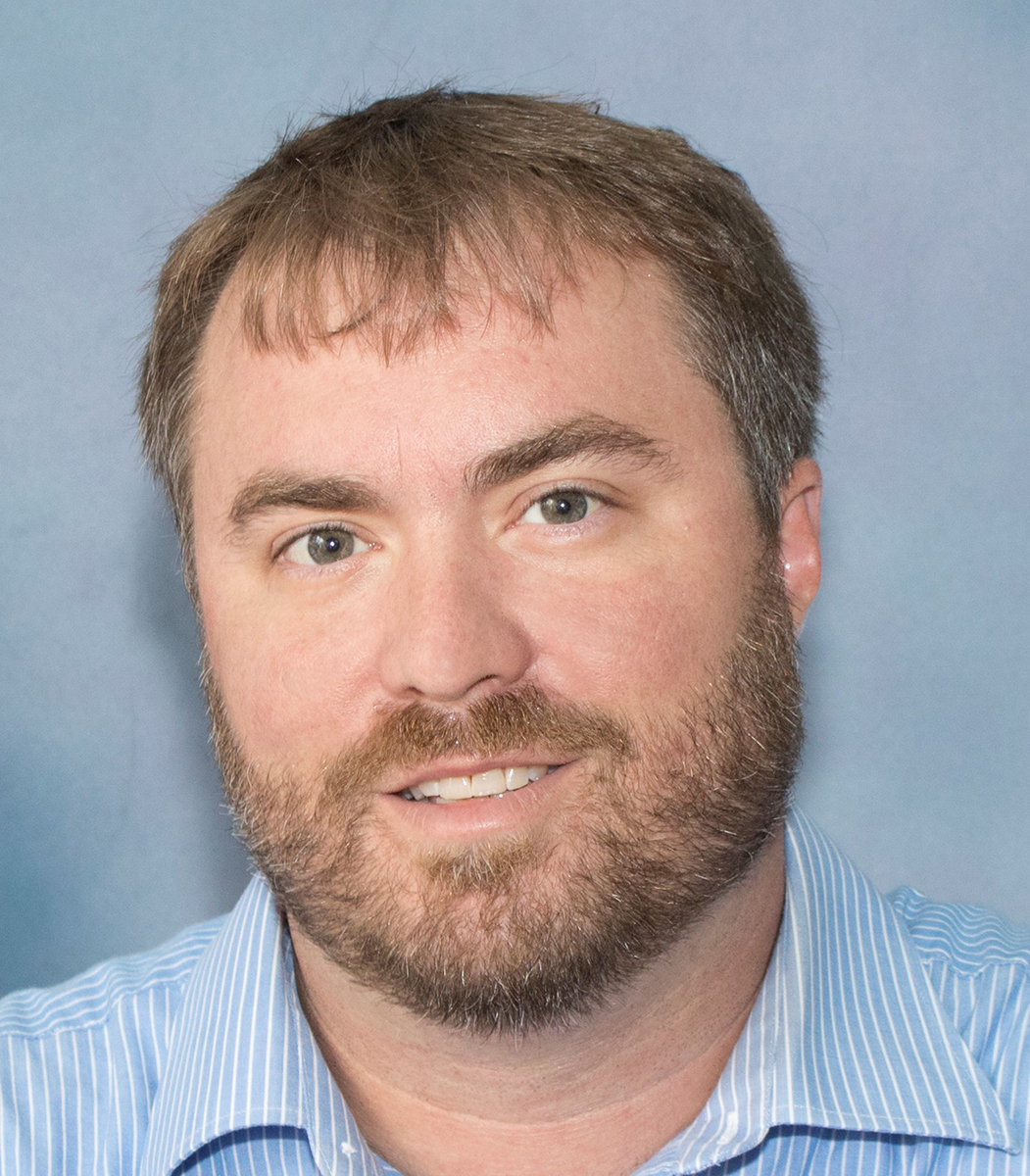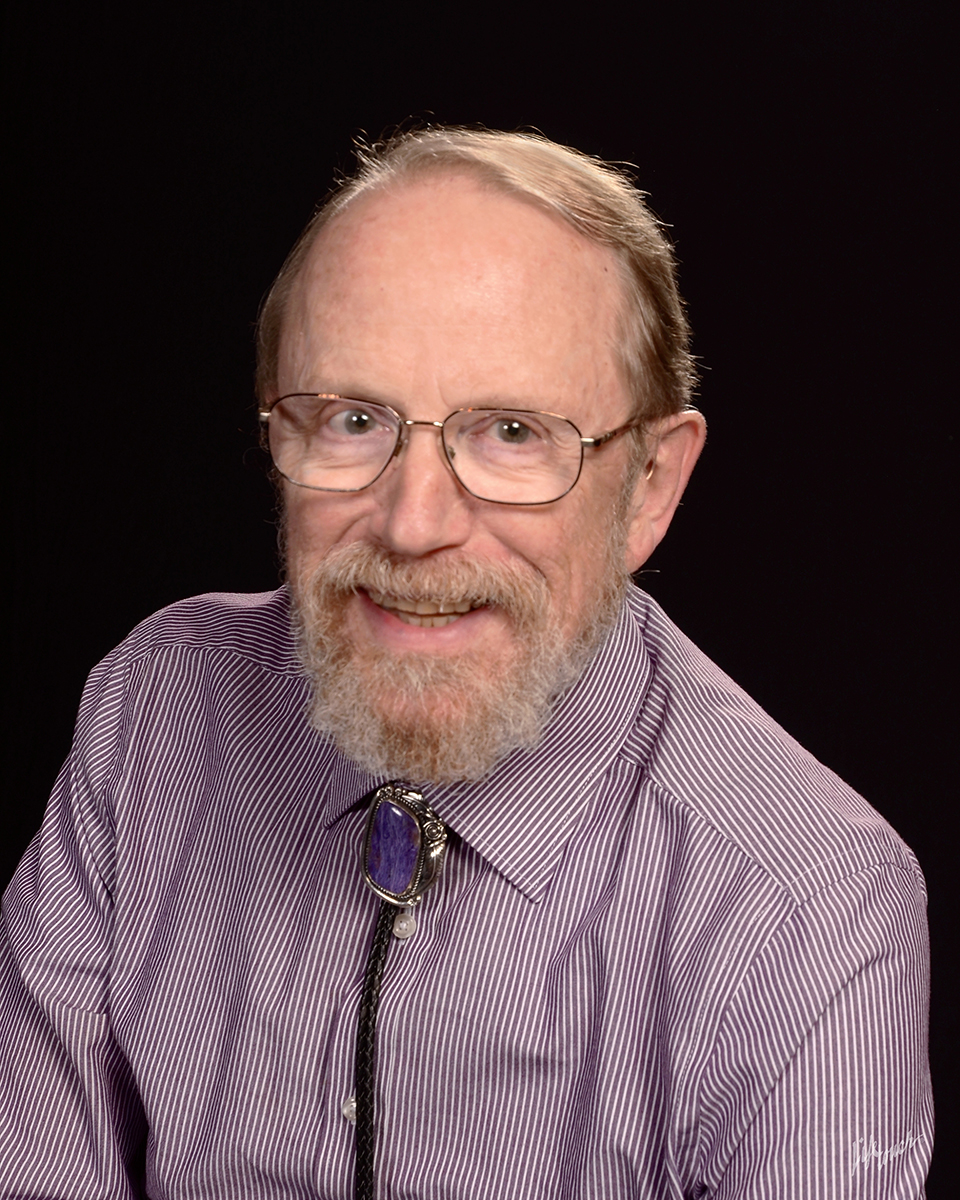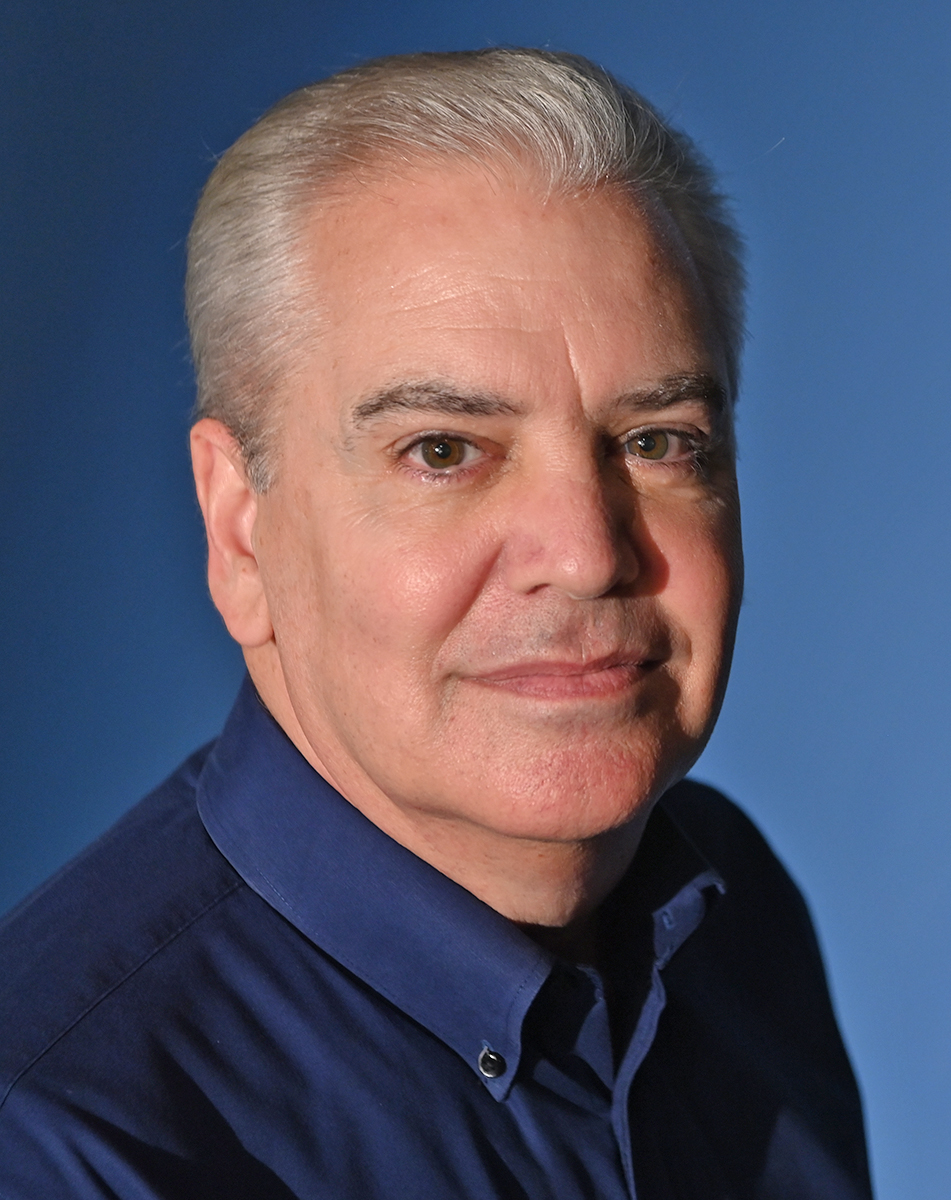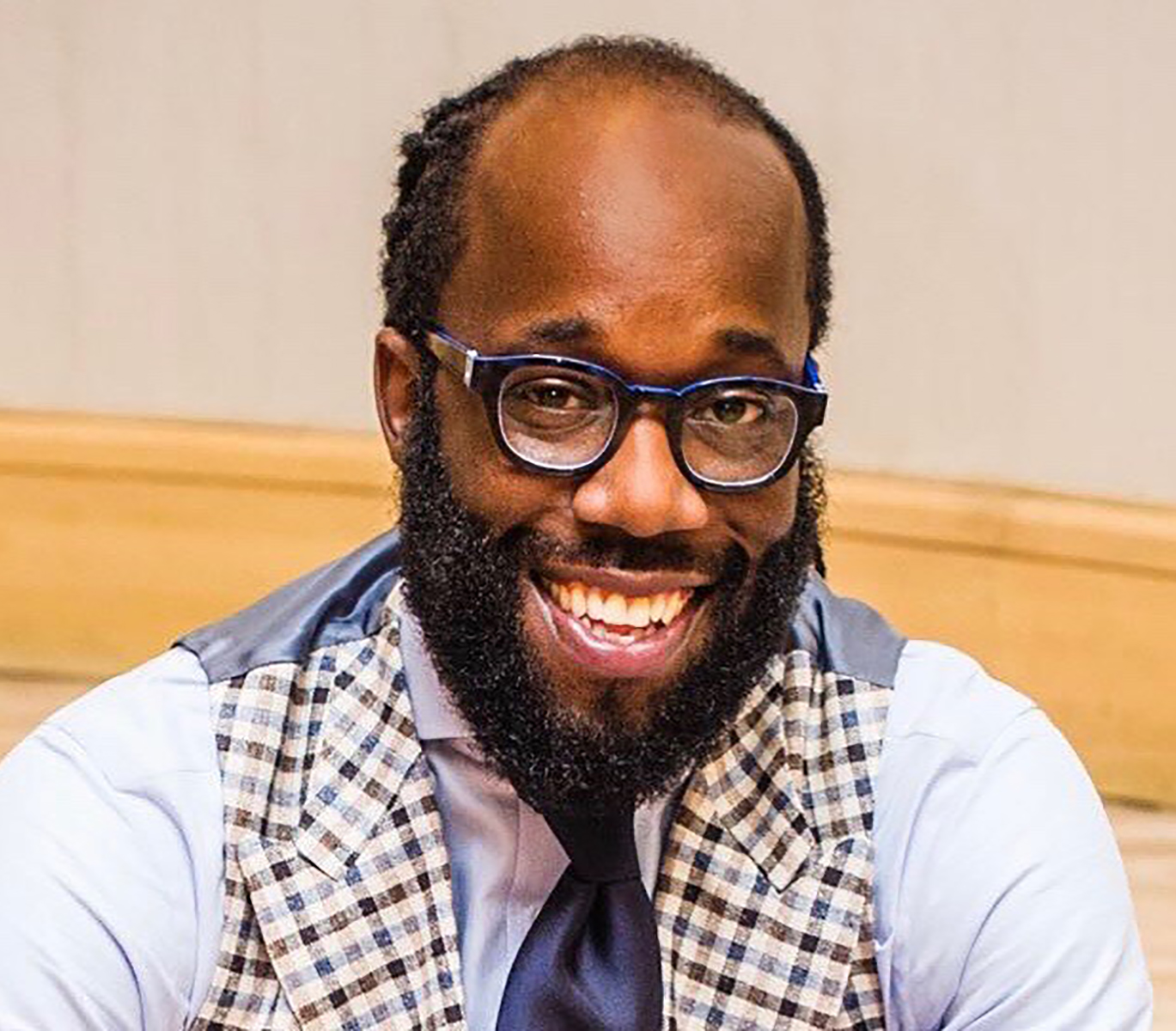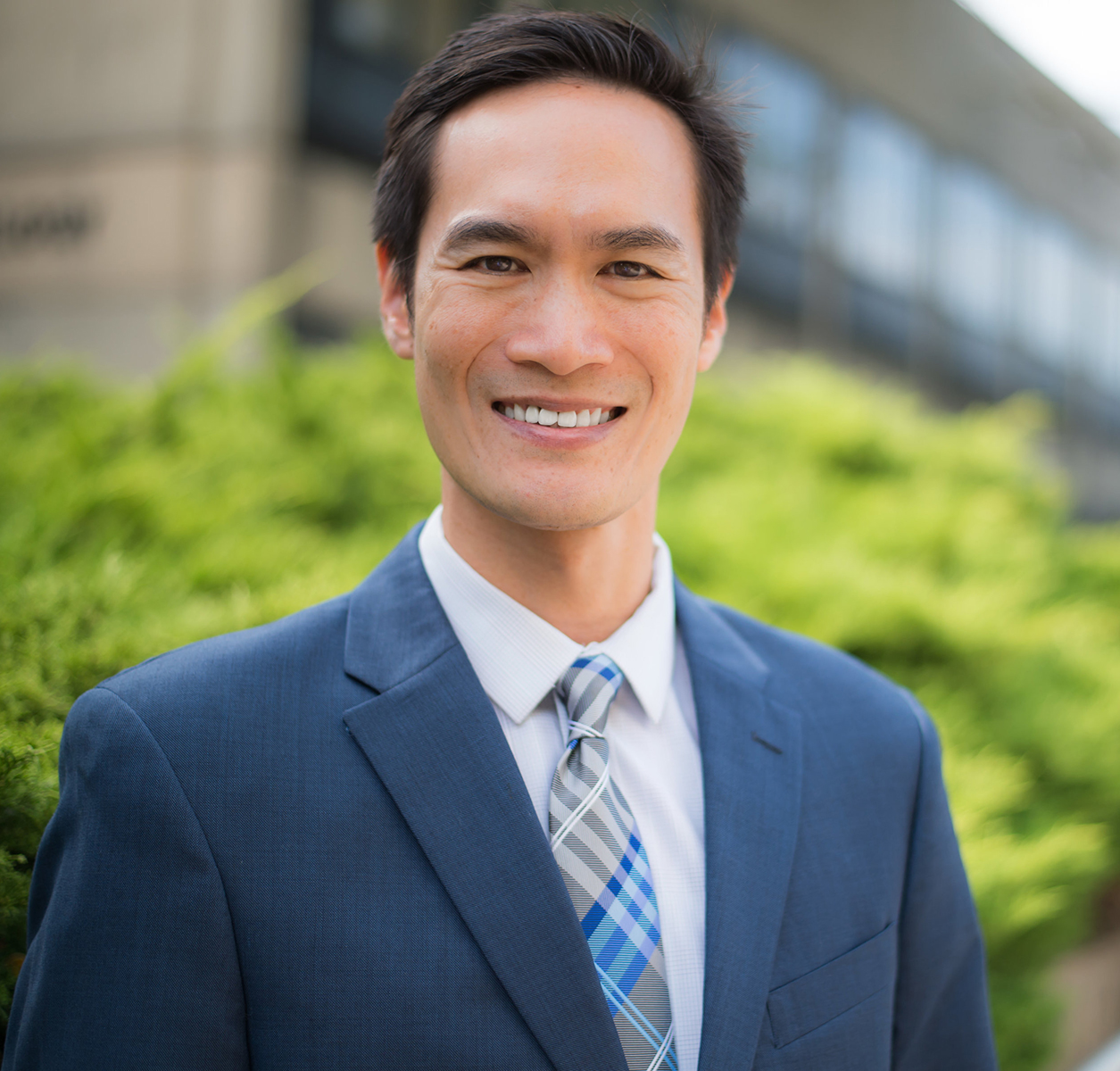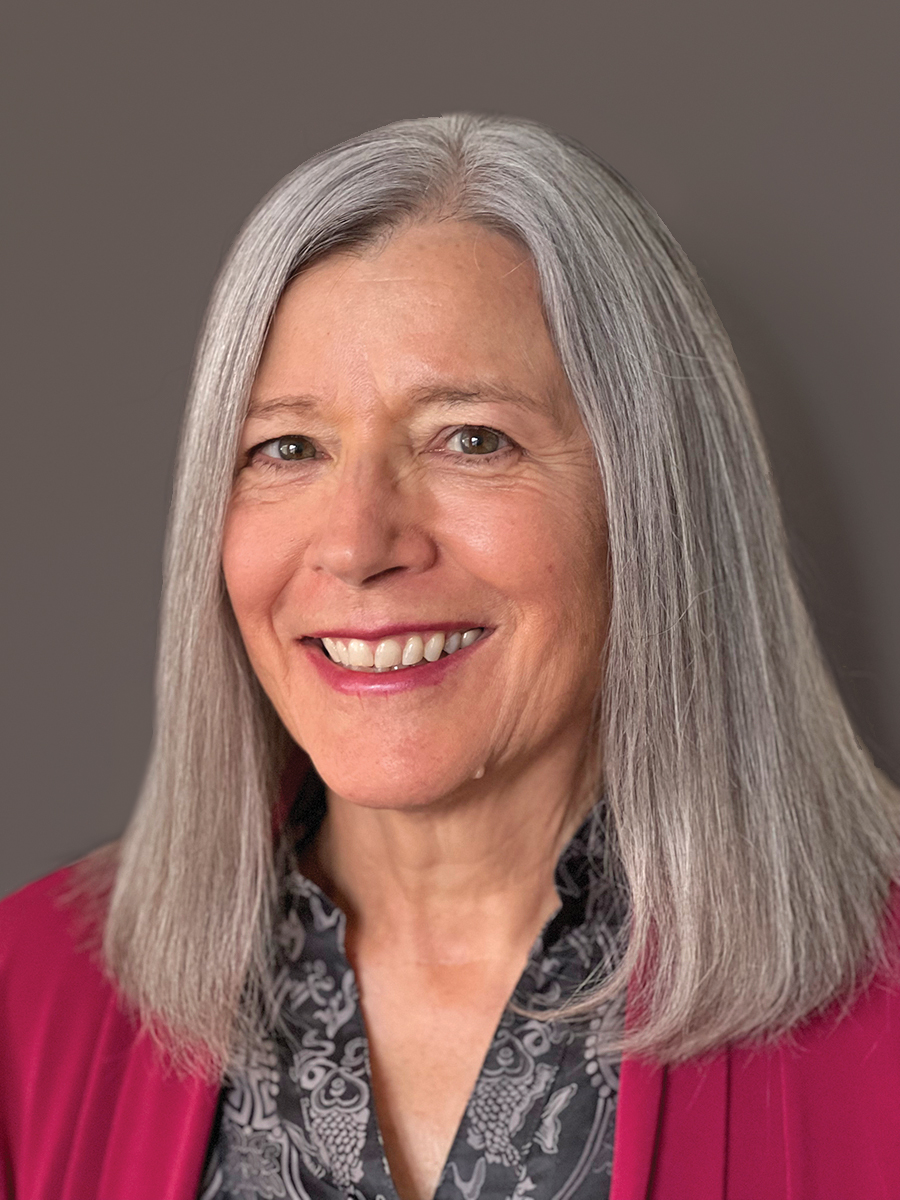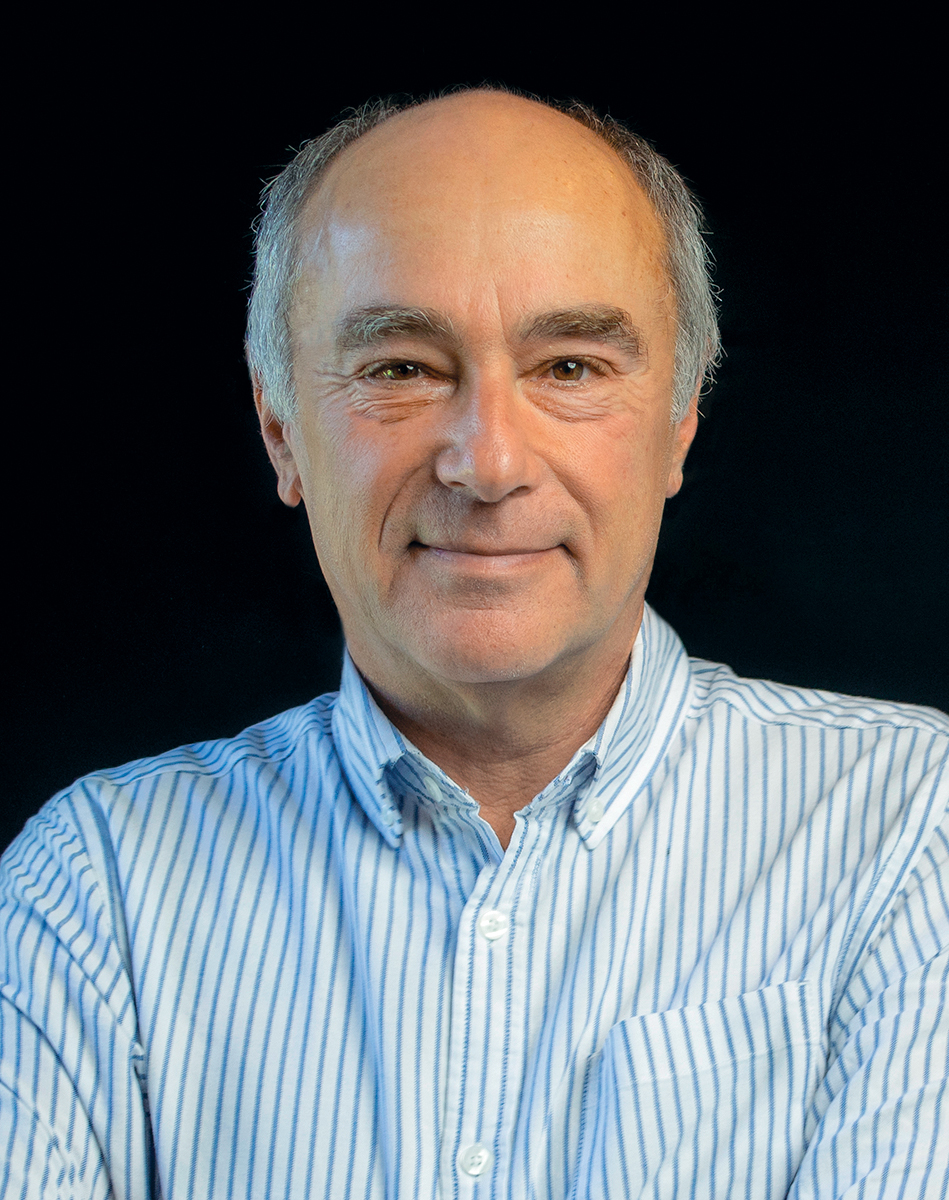Q&A with the Author
- What made you decide to write this book?
- What was the hardest part of writing it, and what was the easiest?
- What is one important lesson or message you hope readers take away from the book?
- Are there any other books that greatly influenced your writing process and/or your research?
- What led you to your specific area of study (the subject of your book)?
- Tell us one fascinating thing about this topic.
- Are there any common misconceptions about the topic?
- What advances do you hope we will see in the next 10 years?
- What made you decide to go into the field of mental health?
- When you are not working, what do you do for fun?
- What is your all-time favorite book?
- Is there a project that you are excited to work on next? (A presentation, a workshop, writing another book, etc.)
Tell us more about your latest book!
What made you decide to write this book?
My friend, long-time collaborator, and co-author Dr. Jessica McClure and I wanted to share the clinical insights we have gained through our work with patients at the Penn State Milton Hershey Medical Center and Cincinnati Children’s Medical Center. Clinical Practice of Cognitive Therapy with Children and Adolescents, Second Edition, includes lots of fresh, up-to-the-minute material, like a special chapter on working with patients with autism spectrum disorder, one on cognitive-behavioral family therapy, plus lots of new case examples and an increased focus on cultural issues.
What was the hardest part of writing it, and what was the easiest?
For us, the hardest part was making sure the material was engaging, clear, and relevant to readers. That can be difficult when you are writing a professional book meant to be used as a guide by practitioners! The easiest part was expanding on the first edition by adding more clinical procedures and examples.
What is one important lesson or message you hope readers take away from the book?
The most important take away from the book is that once you ground your clinical approach firmly in CBT theory, the approach becomes accessible to children and adolescents, and applicable in multiple settings.
Are there any other books that greatly influenced your writing process and/or your research?
Of course, I was influenced tremendously by the seminal work of Drs. Aaron Beck and Judith Beck. The multiple books by Phillip Kendall on CBT with youth were powerful guiding sources. Finally, John Weisz and Alan Kazdin's book, Evidence-Based Psychotherapies for Children and Adolescents, Third Edition, was highly influential.
We are interested in learning more about your expertise.
What led you to your specific area of study (the subject of your book)?
During my post-doctoral year at the Center for Cognitive Therapy, under the supervision of Dr. Christine Padesky, we began work focused on making CBT accessible to young patients. This launched my passion for the area, which continued with my work with inpatients at Mesa Vista Hospital, school-based services at Wright State University, and of course outpatient and inpatient work at Penn State-Hershey.
Tell us one fascinating thing about this topic.
This is a hard question because I find so many things fascinating about CBT with youth. I am particularly struck by the effectiveness of behavioral experiments and exposure procedures with children and adolescent patients. The experiential focus of CBT is so powerful. Experience is a wonderful teacher, and I have found that children remember what they do in therapy much more than what is said.
Are there any common misconceptions about the topic?
I think some professionals mistakenly see CBT as a mechanistic, emotionally sterile approach—and nothing could be further from the truth! CBT is an emotionally evocative, experiential treatment—especially when applied to young patients.
What advances do you hope we will see in the next 10 years?
I am really excited about the integration of behavioral health services into pediatric primary care. Mental health conditions should be screened for just like any other conditions children experience. Improving the care delivered to young patients is so vitally important.
Now a little bit about you…
What made you decide to go into the field of mental health?
Two things jump to mind. First, my mother. She really encouraged my sense of academic curiosity, and she taught me the value of emotional expressiveness. Second, during my undergraduate years at Hiram College, the psychology faculty (Drs. Andrew Konick, Nancy Davidson, Rea Knight, Ralph Cebulla, and Marge Taibi) taught me the importance of translating basic state-of-the science findings and applying them to specific settings. Our task as clinicians is to distill and metabolize theory, as well as the empirical findings, so we can help patients lead better lives.
When you are not working, what do you do for fun?
Fun is an essential part of my life. I love to exercise and I am a pickleball addict. Sports have always been a pivotal part of my life, and I am a devoted fan of the New York Mets and the New York Giants, despite their recent dismal seasons. I also love being in my fantasy football league. I very much enjoy live performances in theatre, comedy, and music. Finally, I am rarely far away from my TV and favorite shows.
What is your all-time favorite book?
I have three all-time favorite books: Indignation by Philip Roth, The Natural by Bernard Malamud, and The Catcher in the Rye by J.D. Salinger.
Is there a project that you are excited to work on next? (A presentation, a workshop, writing another book, etc.)
Drs. Jessica McClure, Micaela Thordarson, Marisa Keller, and I just completed a brand new book for Guilford that offers quick and easy, "express" CBT techniques for working with children and adolescents. It is filled with procedures that can be done in 15-20 minutes with young patients and their families. The book contains engaging illustrations by another colleague, Dr. Rosa Pogessi. We think it will be a great fit with the emerging imperatives in integrated behavioral healthcare. We really look forward to it coming out soon.
See all titles by and read more about Robert D. Friedberg on his author page!
